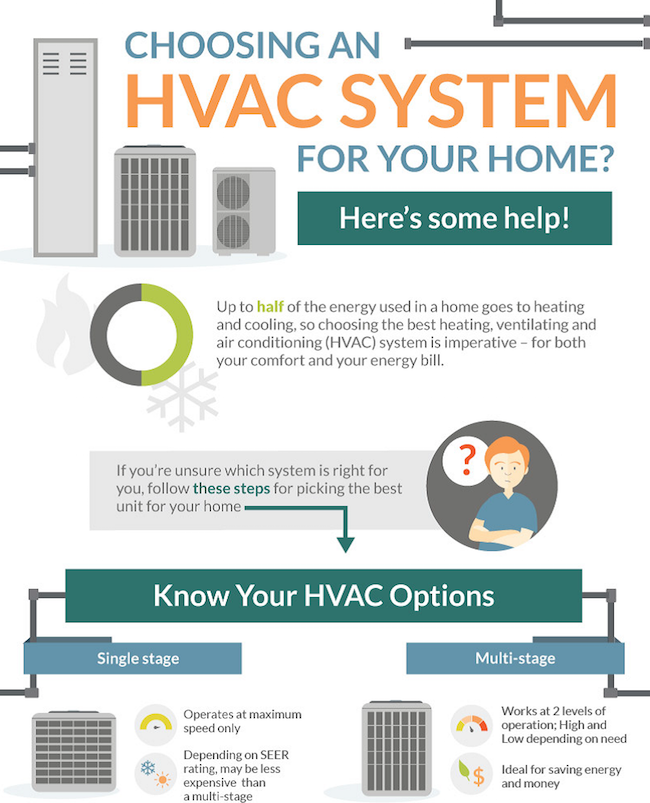Typical Challenges To Stay Clear Of In The Installation Of Heat Pumps
Typical Challenges To Stay Clear Of In The Installation Of Heat Pumps
Blog Article
Developed By-Harper Gillespie
When setting up a heat pump, you should stay away from common errors that could endanger its efficiency. Overlooking correct sizing might cause inefficiencies and greater energy expenses. Overlooking insulation and securing can result in power wastage and strain on the device. Moreover, placing the outside device improperly may impact its efficiency. By staying clear of these errors, you can make sure ideal working and toughness of your heatpump system.
Improper Sizing of Heat Pump
When it concerns the installation of heatpump, among one of the most usual blunders is incorrectly sizing the unit for your room. Guaranteeing the right size is critical for optimum efficiency. If the heatpump is as well tiny, it will struggle to heat or cool your room effectively, resulting in enhanced power costs and possible wear and tear on the system.
On the other hand, if the heat pump is also huge, it will certainly cycle on and off frequently, creating temperature level fluctuations and reducing its life-span.
To avoid this blunder, it's essential to have a specialist assess your room and recommend the suitable size of the heat pump based upon aspects like square video, insulation, ceiling height, and neighborhood climate. By spending the time and effort to guarantee the right sizing, you can delight in a comfy atmosphere while maximizing power performance and prolonging the life expectancy of your heat pump.
Inadequate Insulation and Sealing
To guarantee the efficient operation of your heatpump, it's critical to resolve insufficient insulation and sealing in your area. Proper insulation aids maintain a consistent temperature level indoors, reducing the work on your heat pump. Insufficient insulation can lead to power loss, making your heat pump work harder and less successfully.
Sealing any voids or leaks in your area is similarly essential. These spaces permit conditioned air to escape and outside air to leak in, requiring your heat pump to make up for the temperature fluctuations.
Wrong Placement of Outdoor Unit
Addressing the positioning of your heat pump's outside unit is vital to maximizing its efficiency. Mounting https://cristianwmdti.dgbloggers.com/31578563/seeking-the-suitable-heat-pump-for-your-home-investigate-the-different-subtleties-in-between-air-source-and-ground-resource-services-to-satisfy-your-home-heating-preferences in a wrong place can bring about performance concerns and possible damage to the unit.
One common error to stay clear of is positioning the exterior device too near a wall surface or other structures. This can restrict air movement, causing the device to work more difficult to warmth or cool your room, ultimately lowering its effectiveness and life expectancy.
which heat pump is best nz to avoid is putting the exterior system in straight sunlight. While some sunlight is unavoidable, too much exposure can lead to overheating, particularly throughout hot summer season days. It's best to place the outside system in a shaded area to assist keep its optimal operating temperature level.
In https://average-cost-to-replace-h75329.mdkblog.com/36924246/comprehensive-overview-to-ready-your-home-for-heatpump-installment , make sure that the outside device is placed on a stable and level surface. Unequal ground can trigger vibrations and unnecessary stress on the unit, affecting its performance over time.
Conclusion
In conclusion, preventing common errors throughout heat pump installment is important for maximizing efficiency and durability of your system. By making sure correct sizing, ample insulation, securing, and correct placement of the outside device, you can stop concerns such as ineffectiveness, increased energy bills, and stress on the unit. Making the effort to address these vital elements will inevitably conserve you time and money in the long run.
